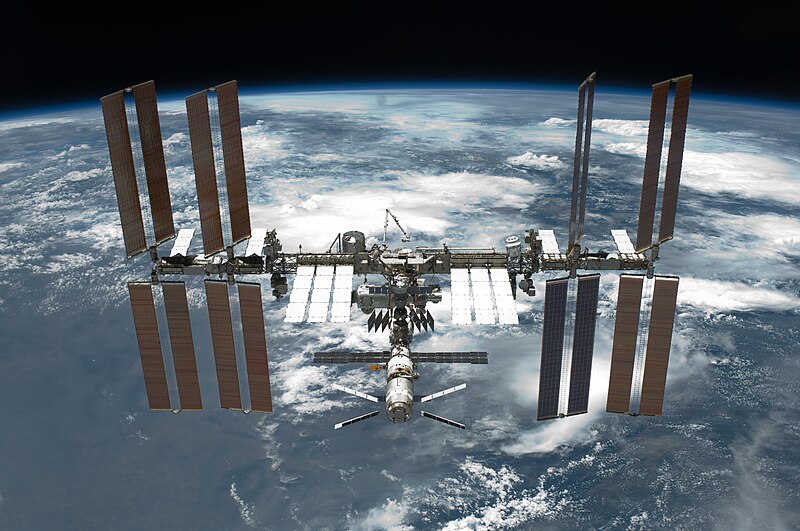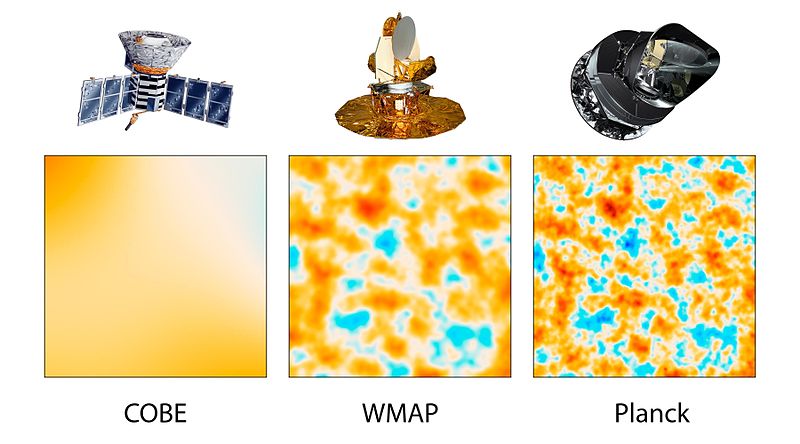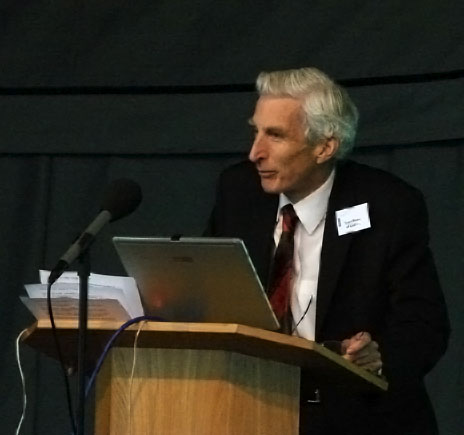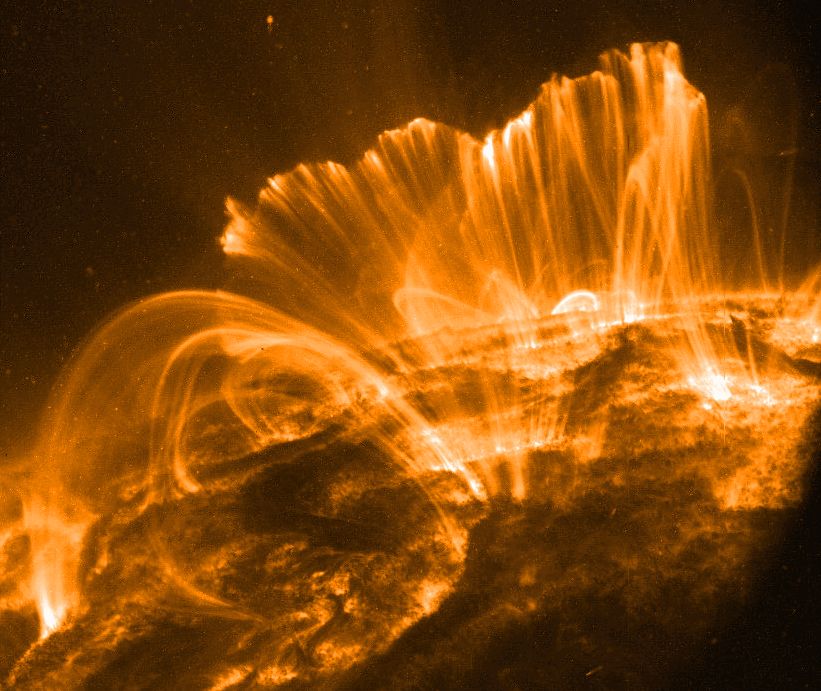 |
Dr Paul G. Abel is a British astronomer, mathematician and writer. He is now a regular face on the BBC’s The Sky at Night.
Paul has written for many popular astronomy magazines promoting amateur astronomy and the science that amateurs can contribute to the field.
|
He agreed to answer a few question I had.
Science and Popularisation
What first got you involved in science, and in particular astronomy?
It was a combination of things actually. In 1989 Voyager 2 got to Neptune and sent back some wonderful pictures of this blue planet. This was also the first time I encountered Patrick Moore. He was obviously different from the toher scientists who spoke- his words conveyed such a passion for astronomy, and even with the results of the great Voyager 2 spacecraft, he emphasized the good work amateurs could do. So, I started reading his books and watching The Sky at Night. I got a small telescope and I remember the first thing I saw was Saturn. The sight of this magnificent alien world, with its surreal looking ring system and family of moons hooked me. From that moment onwards, I knew I would never do anything else but astronomy.
What was your first telescope?
My first ‘proper’ telescope was a wonderful Russian thing- a Tal-1 Mizar 4.5 inch Newtonian reflector on equatorial mount. Looking back on it now, it was like being given the keys to your first low powered spaceship. I observed all of the planets I could, and sought out many of the objects on the Messier catalogue. I also made my own star charts and became reasonably familiar with the constellations which populate the UK night skies.
How did you get involved in the BBC’s Sky at Night?
Quite by chance- indeed I had no plans to do tv at all! It was all Patrick’s idea. He had asked if I had wanted to do one (I had been in correspondence with him since the age of 12). But I had declined. So he organized one without me I was going to be in it- until I arrived on the day!!! It was the event a few years ago now when four of Saturn’s moons passed in front of the planet. Both Patrick and our producer Jane fletcher thought I was OK and I joined the team as a co-presenter.
What is your favorite astronomical object, and why?
It’s what ever I’m looking at- yes I am that fickle! To be honest, it is only the Moon and planets which interest me as an amateur astronomer. I am a visual observer so I don’t image, I make coloured drawings of what I have observed. Indeed, it was the art of visual observing, and keeping good astronomical log books which Patrick taught me to do, and he himself was taught this by the wonderful astronomer W. S Franks. I do wonder how many hours I have spent at the eyepiece of a telescope, and I have quite a few log books now with drawings and observations of the Moon and planets.
Which medium do you think is the most effective at popularising science?
I don’t think it is the medium, I think it is the person doing the communicating. If you have a passion for astronomy and science, you can convey it anyway open to you!
What, in your opinion, should be the ultimate goal of science popularisation?
I think it should be two-fold. First it should re-familiarise people with why science is a wonderful thing, why objective rational thought and the scientific method has improved all of our lives. Not only do we have it to thank for giving us the technology of our civilization but it has allowed to tame the dark, we no longer burn witches for example! As Carl Sagan once rightly pointed out, science is the candle in the darkness. The second thing it can do is encourage people who want to make a contribution in their own way. Amateur astronomy is a thriving subject in this country, and I would hope that people feel compelled to do more than just point there telescope at some of the wonderful objects in the Universe, they might start to make their own systematic observations and contribute to the wonderful scientific work amateur organizations like the British Astronomical Association have been doing for over a 100 years. In short: get involved!!!!
Research
Can you say a few words about your research? (GR, Hawking radiation and semi-classical gravity?)
Indeed. My research is concerned with using a quantum Langevin approach to Hawking radiation. I am also interested in the Unruh effect. The Davies-Fulling-Unruh effect (to give it its fall name!) is the idea that constantly accelerating observers in Minkowski (flat) spacetime see a thermal spectrum of particle in an area of spacetime called the Rindler wedge. I think it is clear that recent work has showed that although energy from say a harmonic oscillator on such a trajectory would radiate, that energy would be absorbed by the field so overall there is no energy flux. This has applications to Hawking radiation.
Which one of your papers are you most proud of, and why?
I believe I have yet to write this paper! Who wants their greatest work to be behind them?!
In your opinion, what is the biggest stumbling block to finding a quantum theory of gravity?
Well perhaps the greatest stumbling block is ourselves. At present there are two approaches, one is the approach adopted by String theory which is, in essence to describe the basic particles of matter in terms of 1D energy filaments- strings. A big part of String theory is super-symmetry the evidence for which is in-direct. In order for a theory to have physical significance it must be testable. Alas many of the predictions for string theory require energies far greater than human being can produce here at this time.
The other candidate is Loop Quantum Gravity which seeks to use general relativity and quantum mechanics but again this approach has many problems and at the time of writing, LQG is not testable either.
For me personally, I don’t think either String Theory or Loop Quantum Gravity is radical enough. They doesn’t feel like they are presenting a radical shift in fundamental philosophy what we got when Newtonian gravity moved over for General Relativity. Of course it may be that the answer to the problem of a quantum description of gravity does not need such a profound rethink, but until either of these theories can provide experimental evidence to support their claims, I would regard them as nice excursions into mathematics. Physics, should be testable. It may be the case that it takes another ‘Einstein’ to shake up our views of space, time and matter and point us in a new direction
About Paul
|
Paul is based in the Centre for Interdisciplinary Science in the department of Physics & Astronomy at the University of Leicester where he teaches Mathematics. His research is focused on black hole thermodynamics with Prof. Derek Raine.
You can find out more about Paul on his website and The Sky at Night website.
|
 |












